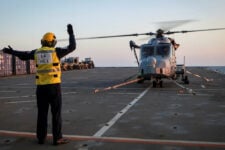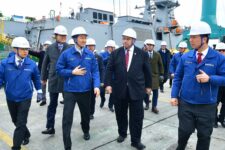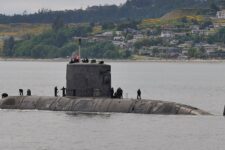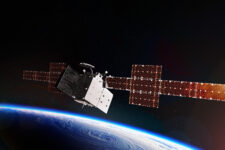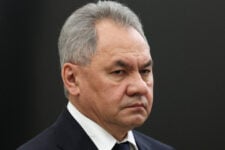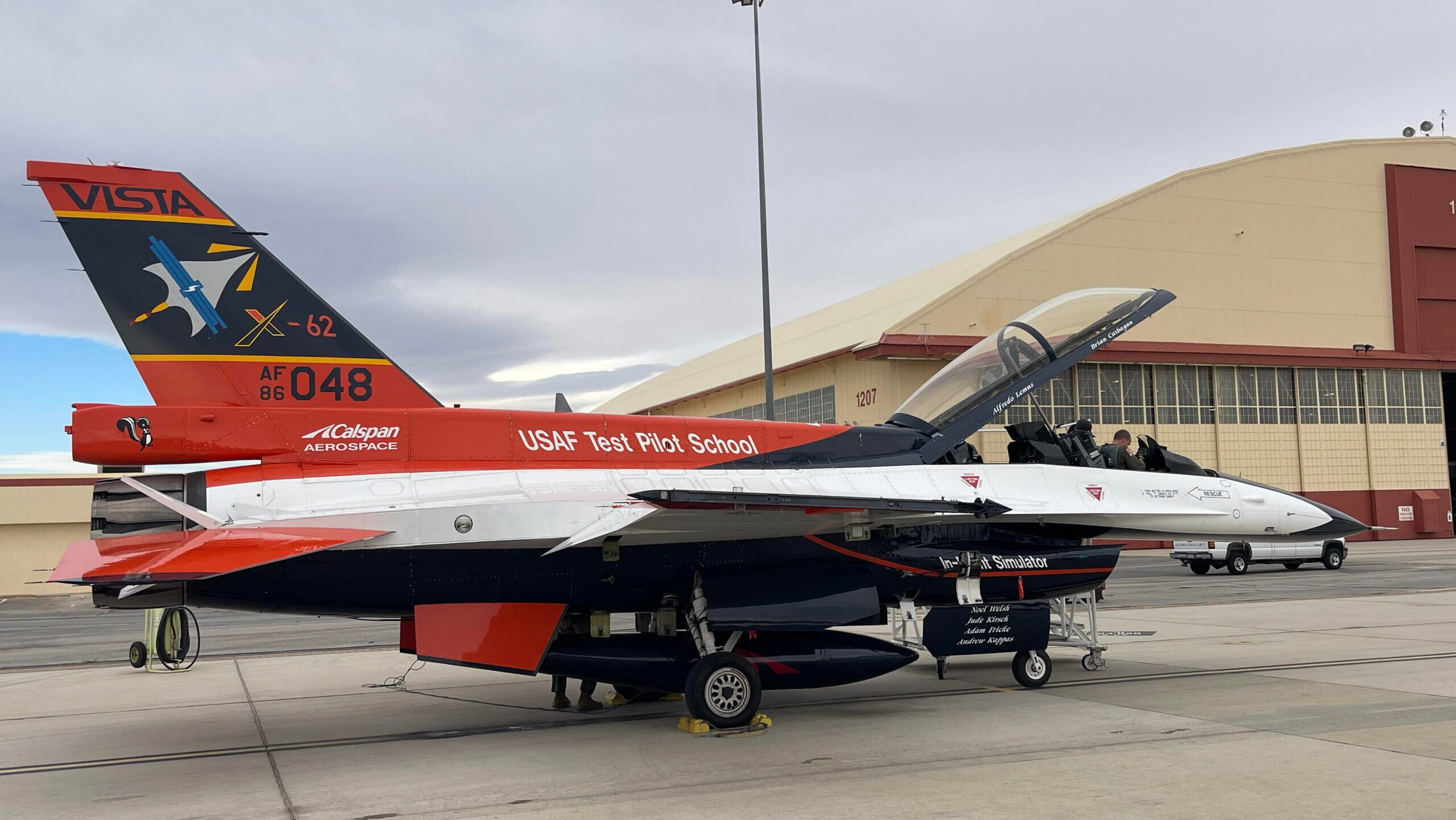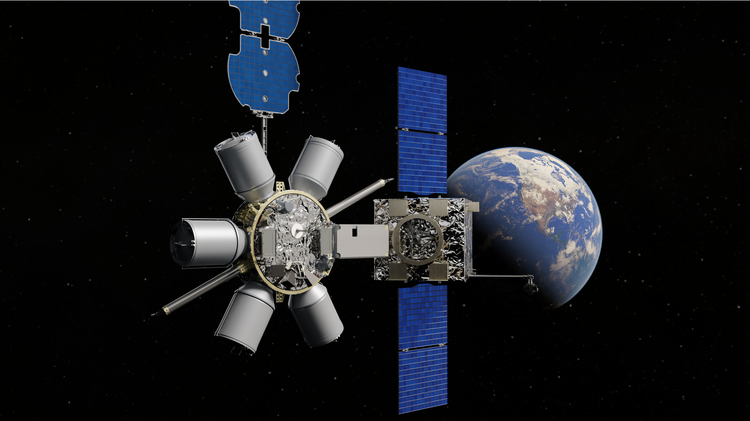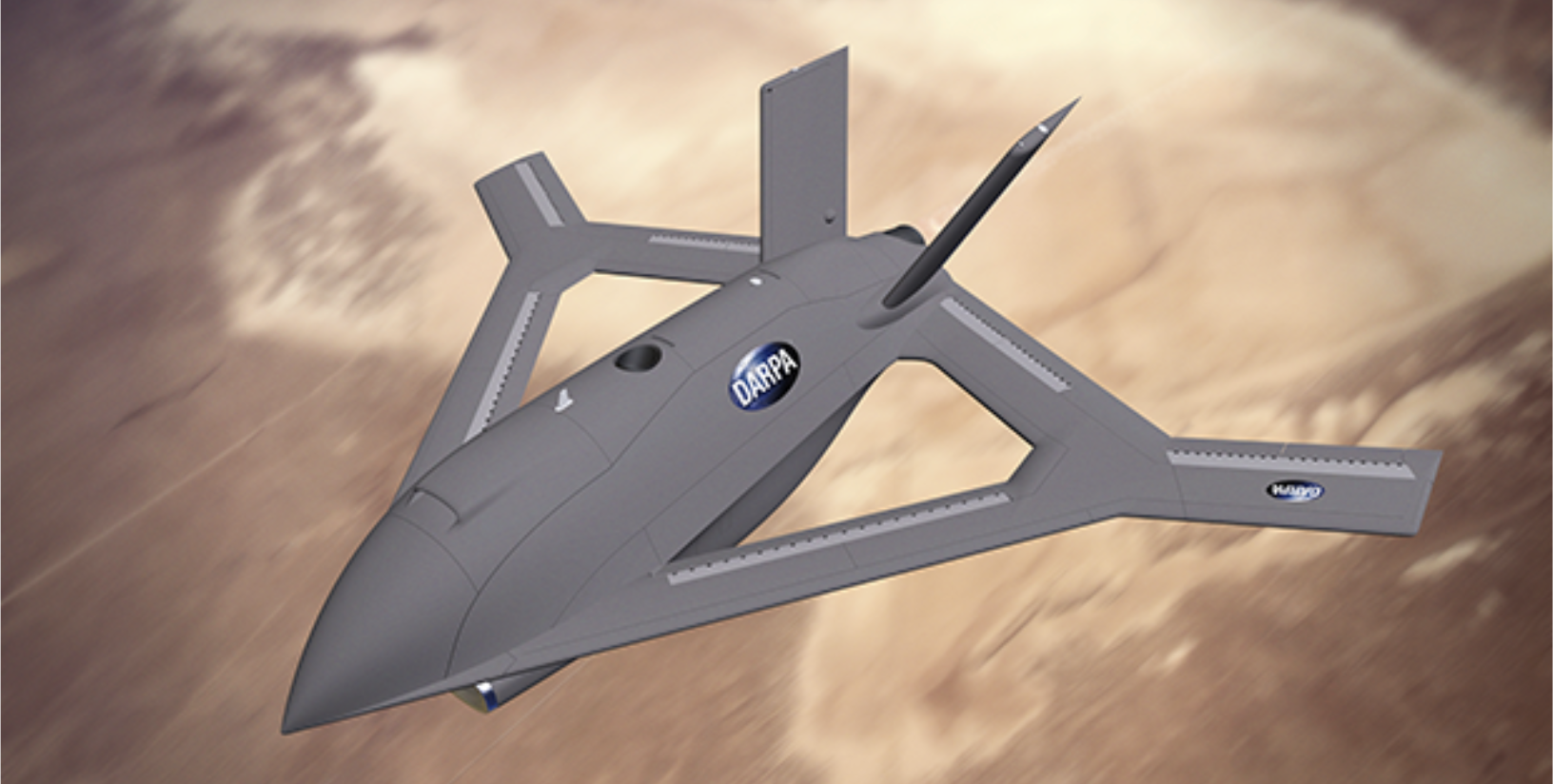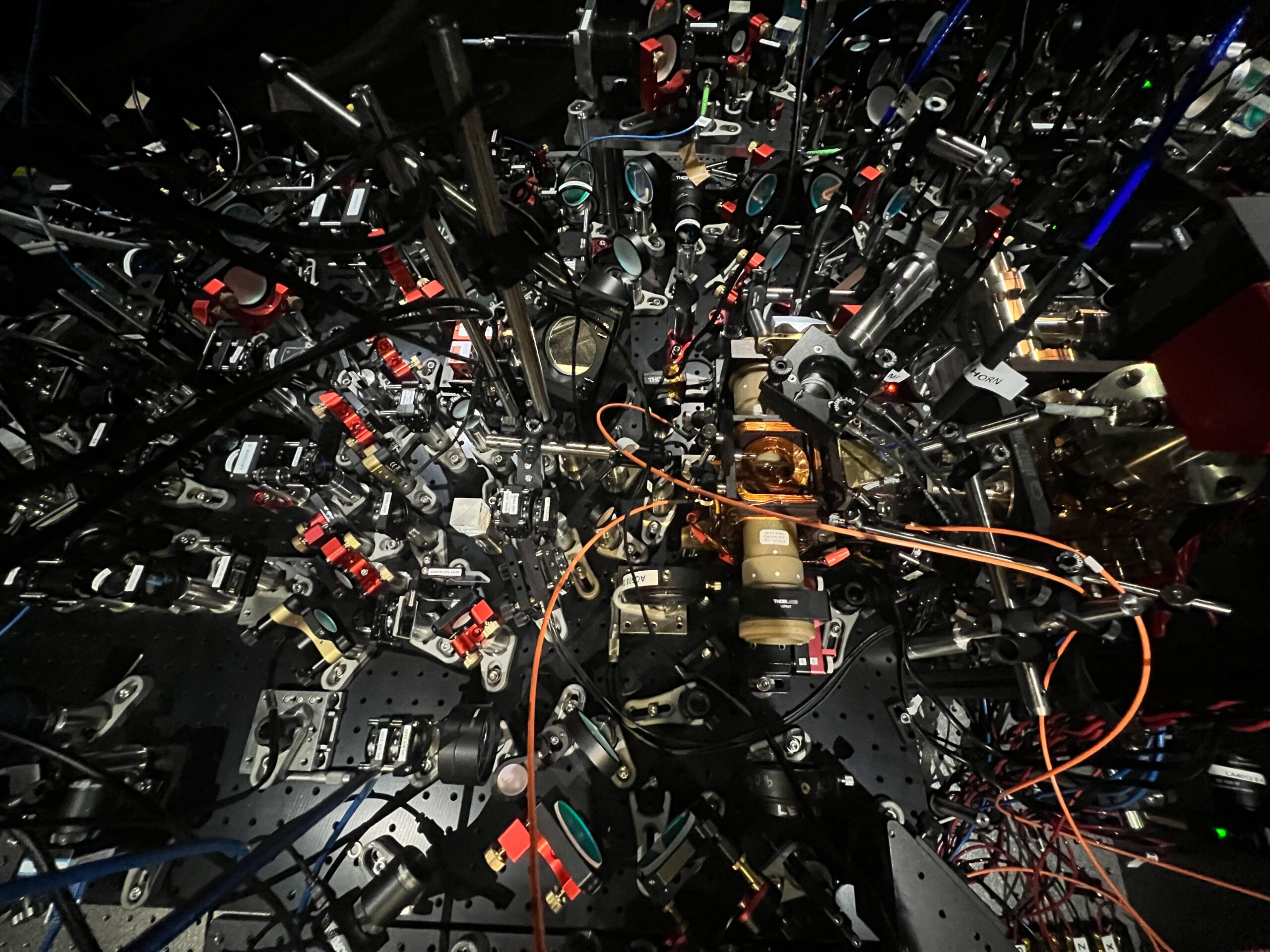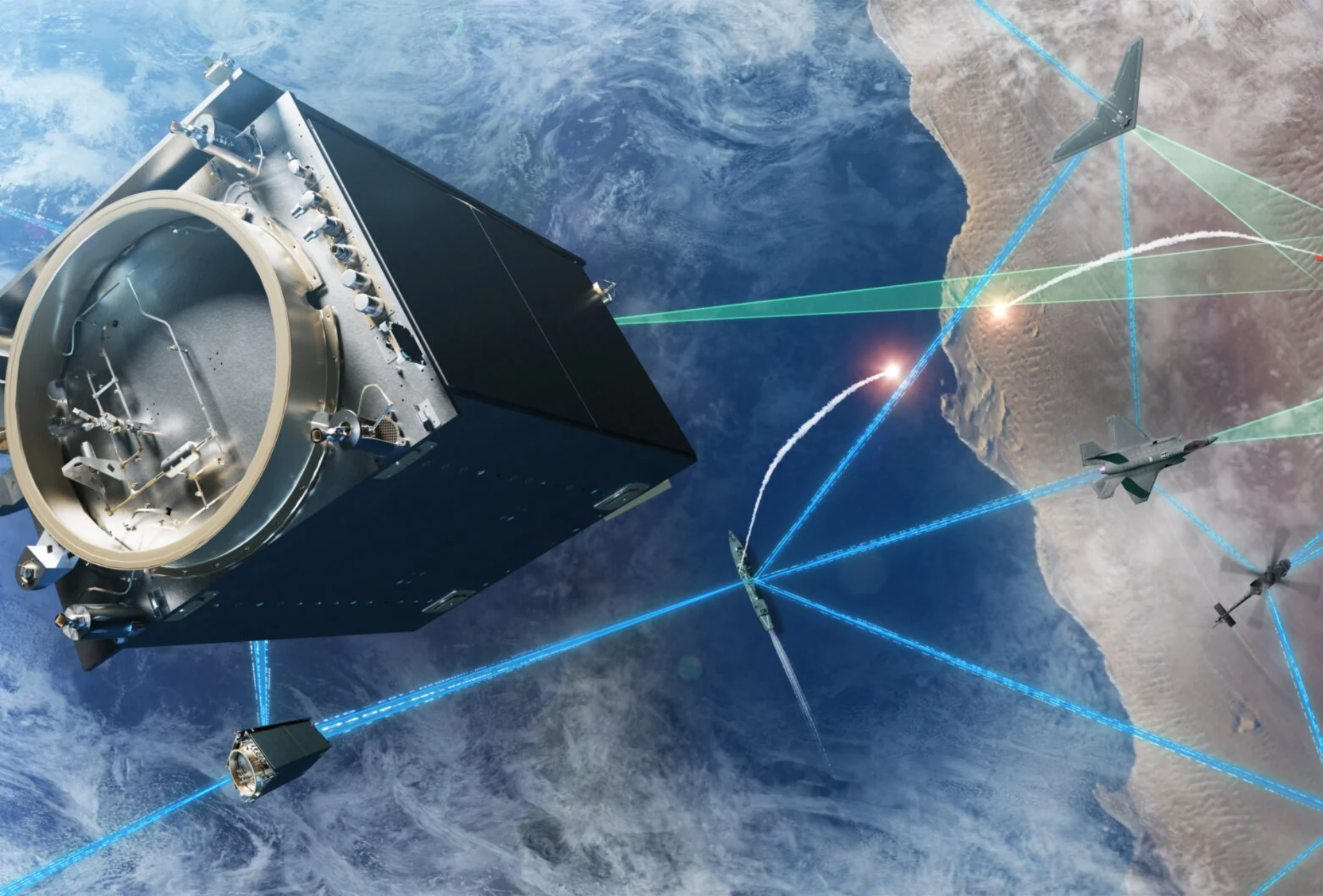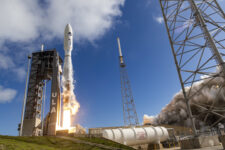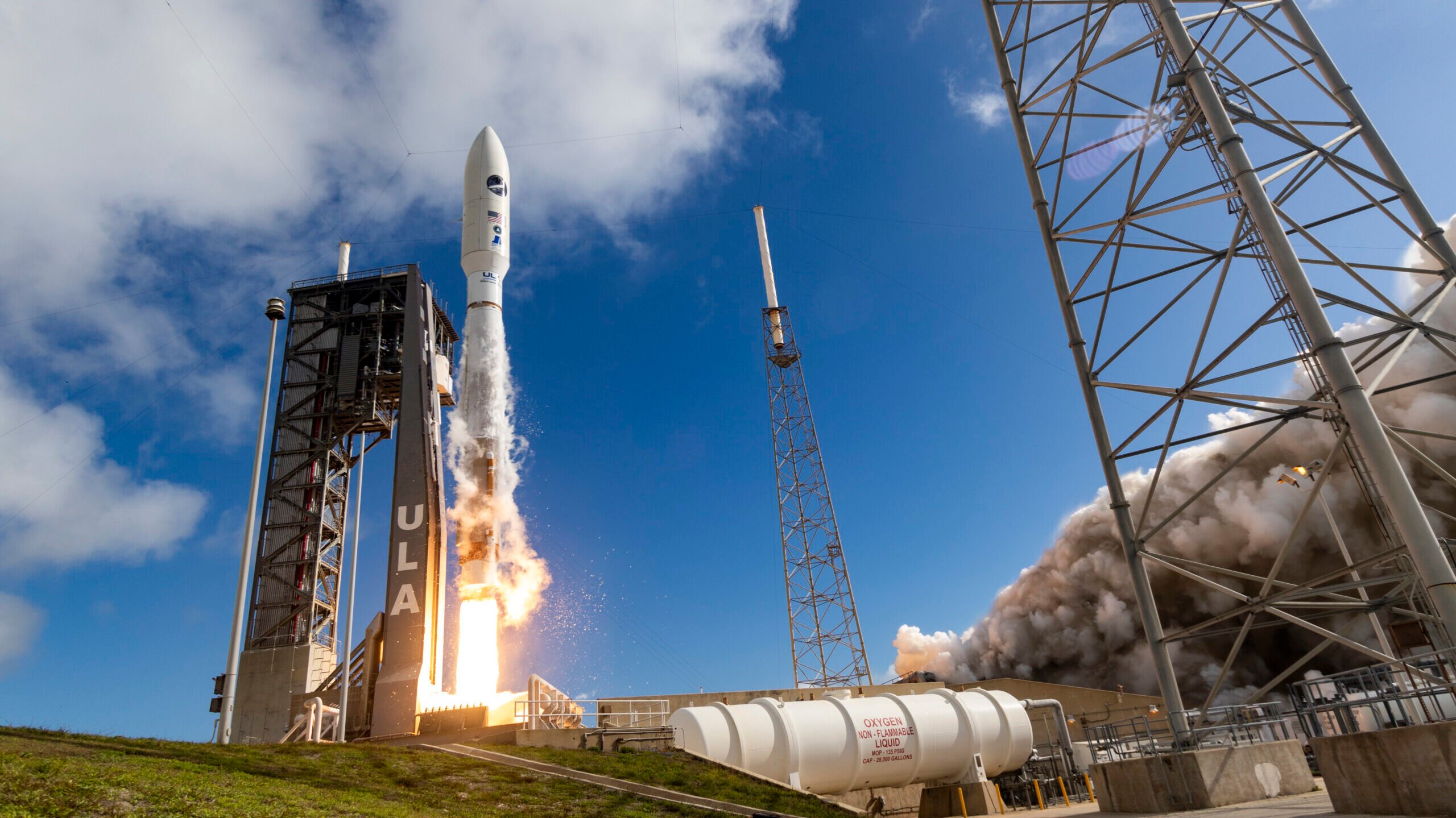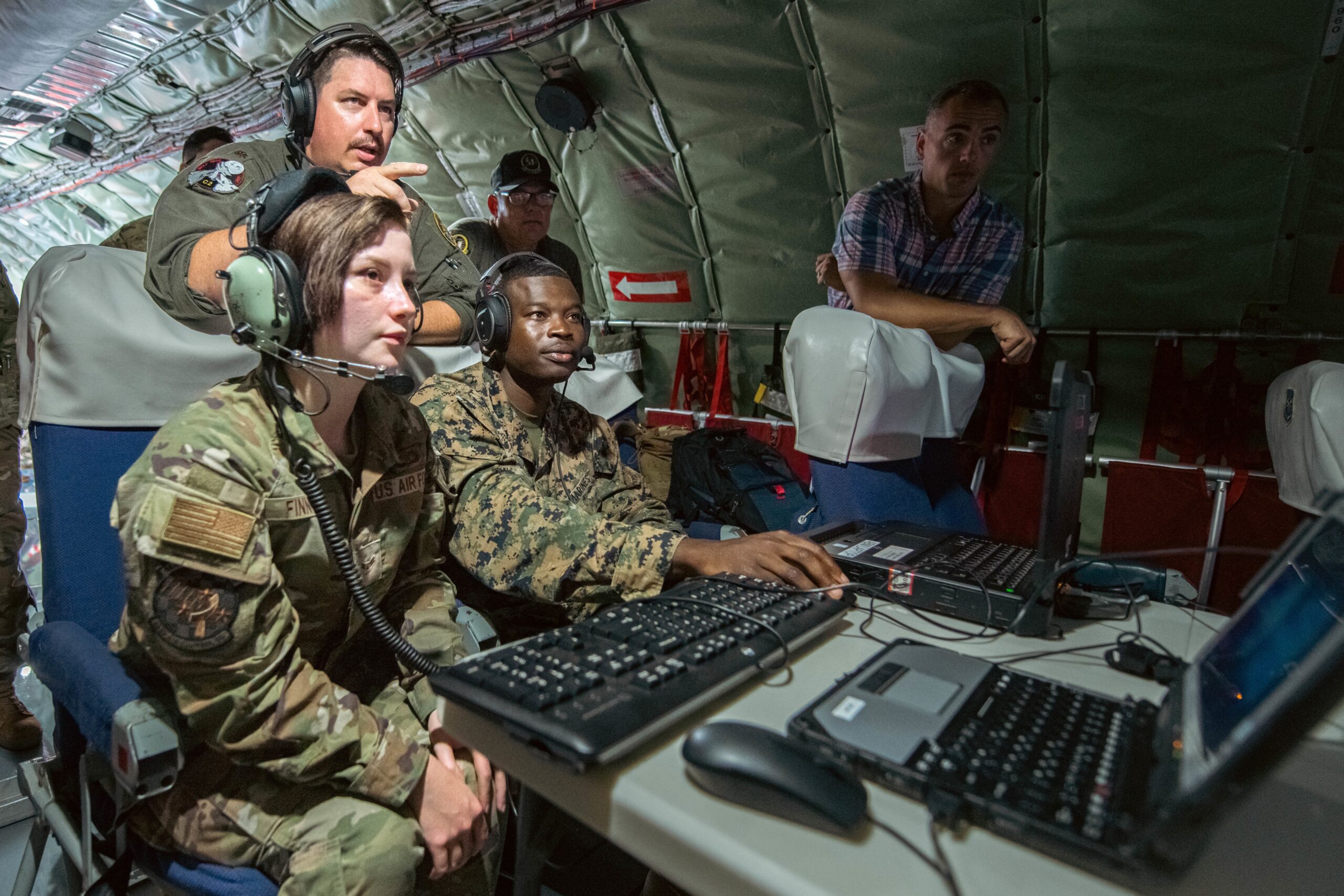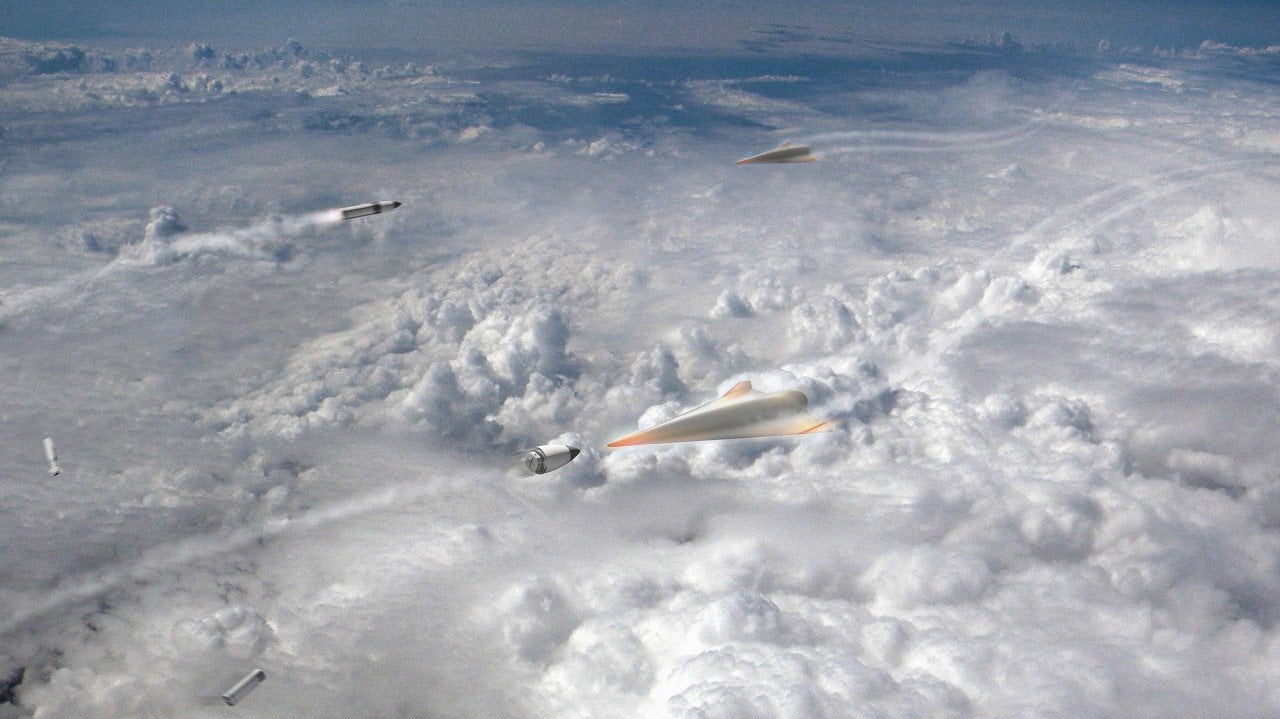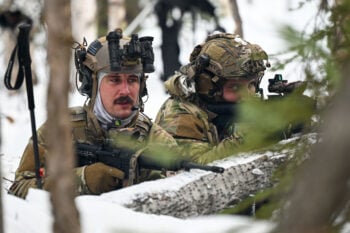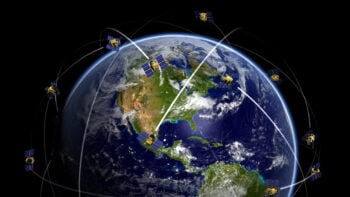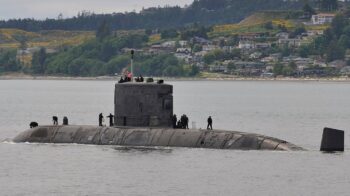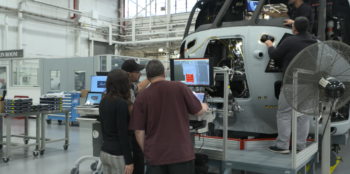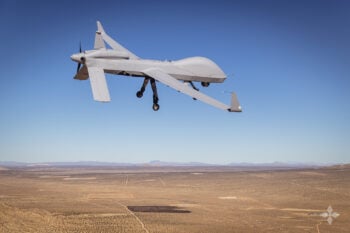

The command carried out steps like hydrostatic and wind tunnel tests, but is now “kind of hitting a pause” on implementing a water landing capability due to budget concerns.
By Michael Marrow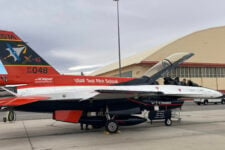
“The potential for machine learning in aviation, whether military or civil, is enormous,” said Air Force Col. James Valpiani. “And these fundamental questions of how do we do it, how do we do it safely, how do we train them, are the questions that we are trying to get after.”
By Michael Marrow
Because it needs much less electricity per computation than current chips, the new hardware could take AI out of big data centers and onto drones, robots, and other small platforms at the “tactical edge.”
By Sydney J. Freedberg Jr.
“The envisioned lunar railroad network could transport humans, supplies and resources for commercial ventures across the lunar surface,” according to Northrop Grumman’s announcement.
By Theresa Hitchens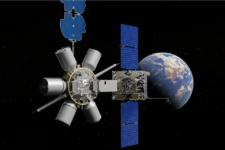
Northrop Grumman has been working the Space Systems Command, DARPA and the Defense Innovation Unit to develop the capabilities to refuel and service satellites on orbit under several different study efforts.
By Theresa Hitchens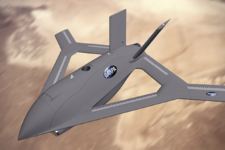
DARPA and Aurora Flight Sciences’ X-65 prototype aims to pioneer a new type of aircraft that maneuvers using pressurized air instead of physical flight control surfaces.
By Michael Marrow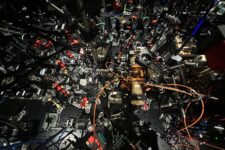
Quantum bits are potentially powerful but notoriously error-prone. Now a Harvard team says it has found a way to prevent mistakes — by manipulating individual atoms with laser beams — making quantum processing much more efficient.
By Sydney J. Freedberg Jr.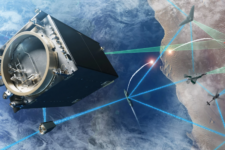
Innovative, interoperable capabilities networked seamlessly across all domains will be required to maintain the edge and deter future conflict.
By Breaking Defense
Technologies being explored include “lunar power; mining and commercial in-situ resource utilization; communications, navigation, and timing; transit, mobility, and logistics; and construction and robotics,” according to DARPA.
By Theresa Hitchens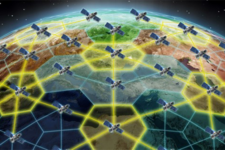
Long-range, high-speed optical communications will be critical for the service’s plans for a “hybrid architecture” that would see networks of old and new military satellites, as well as commercial and allied networks, all communicating seamlessly to shift vast quantities of data around the world in near real-time.
By Theresa Hitchens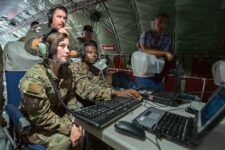
Collins Aerospace and Raytheon successfully demonstrated a suite of sensing and networking technologies that are foundational to Combined Joint All Domain Command and Control.
By Breaking Defense
The Space Force sees nuclear fission reactors as a solution to replace solar panels for operations in the darkness of deep space.
By Theresa Hitchens
Under its Glide Breaker project, DARPA wants to develop a prototype kill vehicle to intercept incoming hypersonic vehicles in their glide phase, before they begin high-speed maneuvers.
By Theresa Hitchens



